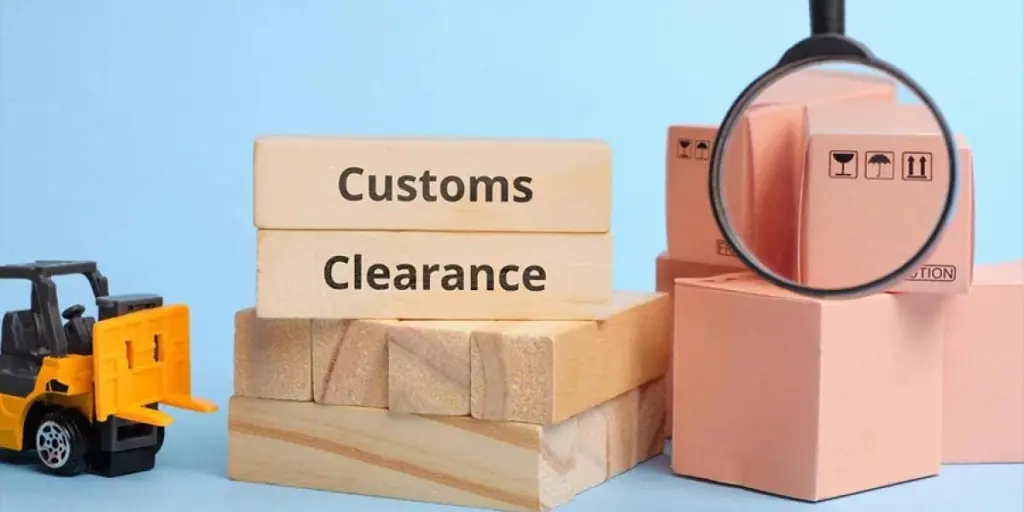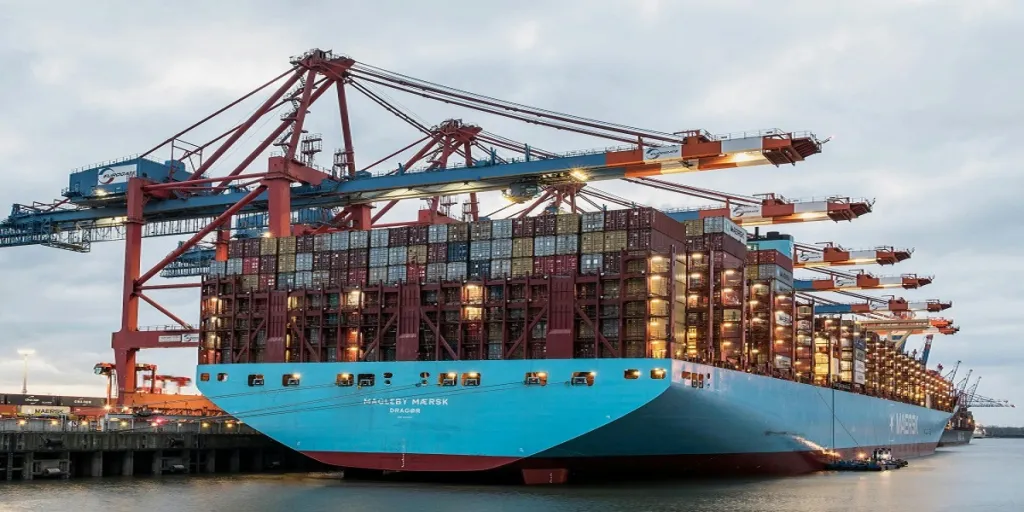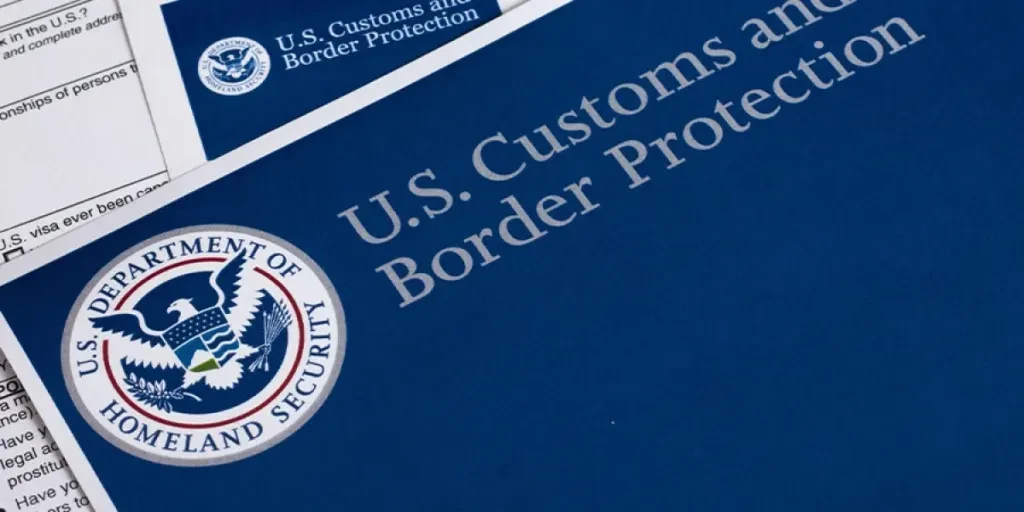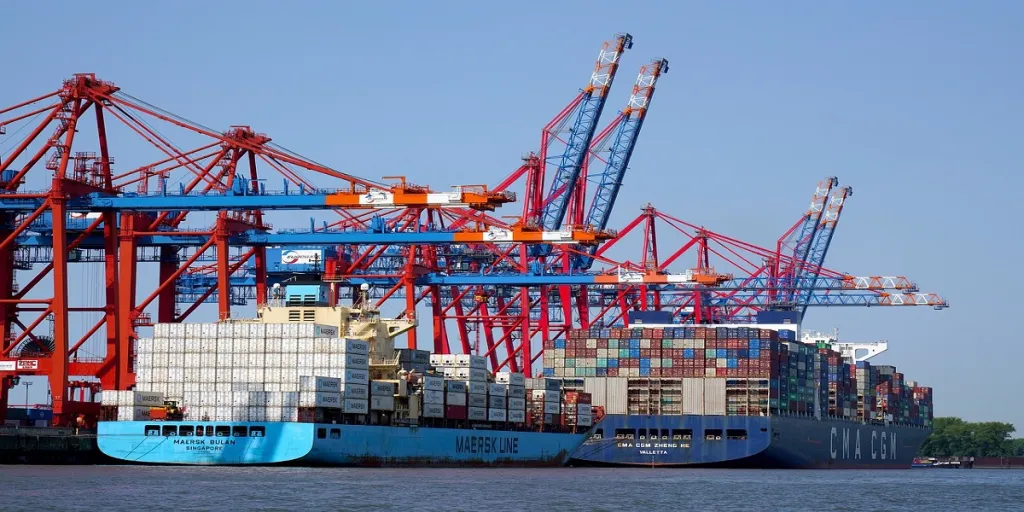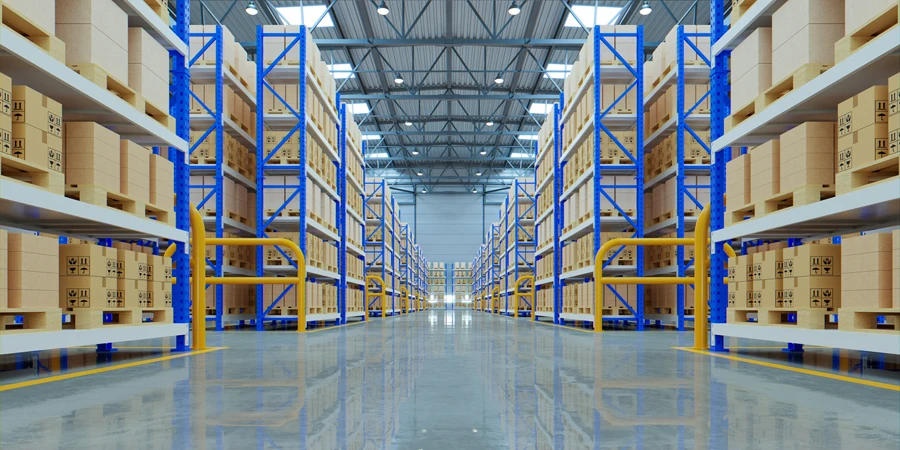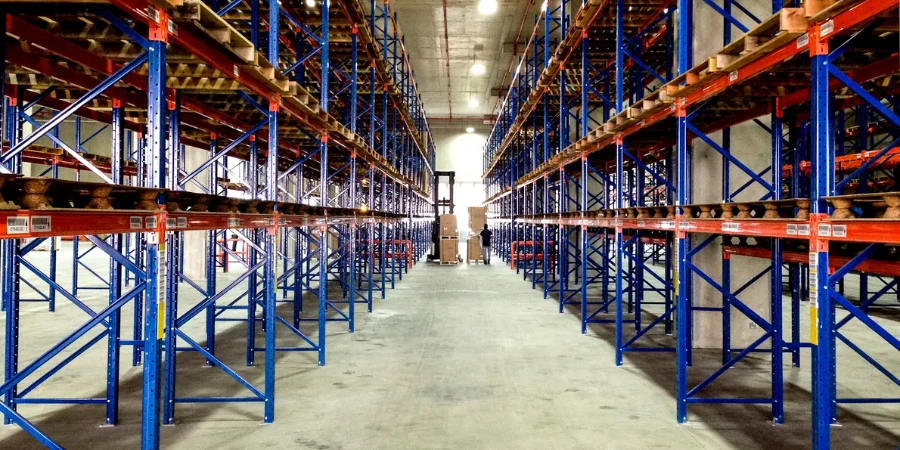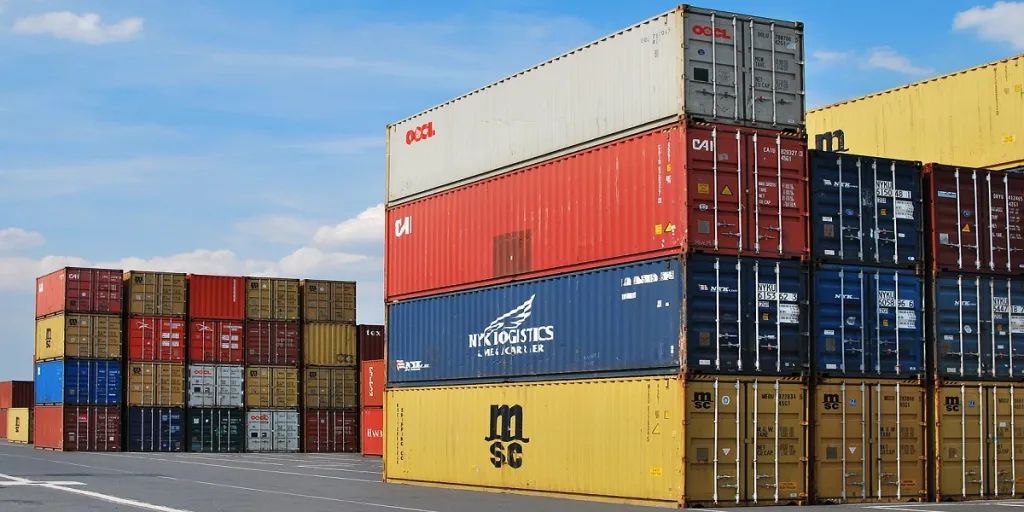For any business that seeks to manufacture or purchase goods outside the U.S., and then import them into the U.S. for domestic consumption, it is important to have an understanding of import customs clearance and how it works. The United States Customs and Border Protection (CBP) enforces laws and regulations at the borders of the U.S., controls what commodities can enter the country, and what duties, taxes and other fees may be applied to do so. This article explains the role of CBP and its partners, and the key aspects of import customs clearance.
Table of Contents
What are the basics of U.S. import and Customs?
What is the U.S. import customs clearance process?
Who are the parties involved in the U.S. import process?
What is Customs compliance and its implications?
How do Customs impact e-commerce and low-value imports?
Key summary points
What are the basics of U.S. import and Customs?
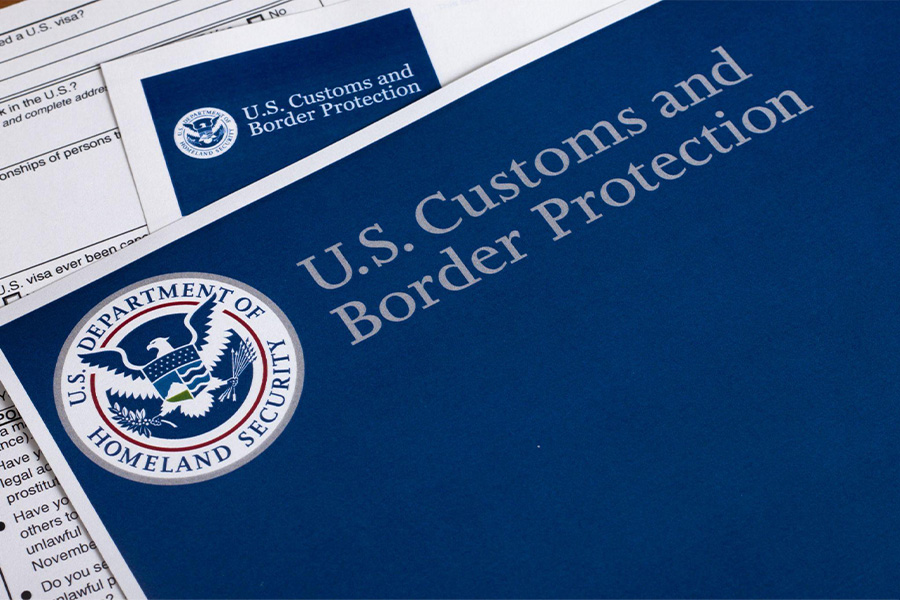
The role of Customs and Border Protection (CBP)
The United States Customs and Border Protection (CBP) is one of the largest law enforcement organizations in the world. It has the responsibility to protect and facilitate international trade, assess and collect duties, taxes and fees, and ensure compliance with U.S. Customs laws and regulations. It also provides procedural guidance to help importers ensure that their shipments are free from malicious interference, or tampering of containers or commodities.
Importer of Record (IOR) and responsibilities
What is Importer of Record? As stated by CBP, the Importer of Record (IOR) is responsible for filing all required entry documents for imports at the port of entry, and is legally responsible for the accuracy of the documentation.
The Importer of Record can be the owner, purchaser, or an appointed licensed customs broker. CBP entry forms ask for the importer number, which is typically the Importer of Record’s IRS business registration number or social security number.
Understanding the requirements of U.S. customs clearance and processing can be complex. Therefore, an importer can engage the services of a licensed customs broker who is familiar with the import process and requirements for your specific commodity. However, it is important to note that a licensed customs broker does not take away the legal responsibilities from the importer for the customs clearance documentation submitted.
Basics of duties and tariffs
Customs duties and tariffs exist for the purpose of raising government revenue, protecting the domestic industries, and influencing trade policy.
Duties and tariffs may be imposed on products imported into the U.S., and their specific amount cannot be fully assessed until all entry information is reviewed by Customs. Therefore, providing accurate documentation and information to Customs is not only a compliance requirement, but could affect the total amount of duties and tariffs as well.
What is the U.S. import customs clearance process?
CBP import process
- When a shipment reaches the United States, the Importer of Record will submit entry documents for the goods to CBP at the port of entry.
- The bill of lading may serve as evidence of the right to make entry, or an air waybill may be used for merchandise arriving by air.
- Declaration of goods entered for domestic consumption can be done electronically using CBP’s automated interface .
- Following submission of the import entry, the shipment may be examined, or examination may be waived. The shipment is then released, providing no legal or regulatory violations have occurred.
- The importer should also contact other agencies if questions arise about particular commodities.
Customs entry and documentation
For commercial imports, CBP generally uses Form 7501 “Entry Summary” to determine relevant information for the commodity being imported, including value appraisement, classification, country of origin, etc.
A brief summary of accompanying documentation to the entry form includes:
- Entry Manifest (CBP Form 7533) or Application, Special Permit for Immediate Delivery (CBP Form 3461), or other form of merchandise release required by CBP
- Evidence of right to make entry
- Commercial invoice
- Packing lists, if appropriate
- Other documents necessary to determine merchandise admissibility
Calculation of import duties, taxes, and fees
CBP uses the Harmonized Tariff System (HTS) to determine duty and tariff rates. For the importer, U.S. International Trade Commission’s Tariff Database can be used to provide the duty rate for a particular product, to the extent its tariff code is determined. CBP will assess the final duty amount based on both the tariff code and the declared value of the commodity.
CBP also collects federal taxes on behalf of other federal agencies, where applicable. The assessment of any other import taxes will depend on the commodity being imported. For example, an import of alcoholic beverages or tobacco products will be subject to Federal Excise Tax.
CBP user fee
In addition to duties and excise tax, CBP also collects ‘user fees’ on goods imported into the U.S.. These will depend on the type of entry and mode of transportation used to bring the goods into the U.S.. Here are a couple of examples.
Merchandise Processing Fee (MPF)
Formal and informal import entries into the U.S. are subject to a Merchandise Processing Fee (MPF). This fee is based on a percentage of the value of the merchandise being imported, excluding duty, freight, and insurance charges, and is calculated at 0.3464% on the import value for formal entries. For informal entries (e.g. imports valued under $2,500) MPF is a set fee of either $2.22, $6.66 or $9.99 per shipment.
Harbor Maintenance Fee (HMF)
If the goods are imported by ship, then CBP also collects a Harbor Maintenance Fee (HMF) of 0.125% of the value of the cargo. HMF is not collected on cargo that is mailed or imported by air.
Who are the parties involved in the U.S. import process?
The key parties involved in an import process can be summarized as:
- Shipper/Manufacturer/Consignor: the party sending the goods from origin
- Receiver/Buyer/Consignee: the party to whom the goods are being sent
- Importer of Record: the party that is legally responsible for submitting complete and accurate documentation to CBP
- Customs Broker: A third party licensed by CBP to support/act on behalf of the importer in importation
The role of the Customs Broker
A Customs broker can be appointed by the importer to act on their behalf to submit all documentation to CBP in order to process customs clearance. This is a party that is licensed by CBP as having the necessary knowledge of U.S. Customs laws/regulations, import processes and requirements, and import commodities.
A Customs broker facilitates clearance for the importer, but is not the legal importer of the goods, nor is it legally responsible for paying duties and taxes.
What is Customs compliance and its implications?

U.S. CBP applies a system of ‘informed compliance’ and the concept of ‘reasonable care’ in relation to compliance obligations.
Informed compliance
Informed compliance assumes a shared responsibility between CBP and the import community. CBP communicates its requirements, laws and regulations to the import community, and the community agrees to comply. This informed compliance benefits both parties.
A key expectation of informed compliance is that the importer exercises reasonable care when importing.
Reasonable care
Reasonable care is the explicit responsibility of the importer. They are expected to take all reasonable steps to ensure that the shipment complies with all laws and requirements, and that all documentation has been properly and accurately completed.
Common import issues
Incorrect or incomplete documentation, or misdeclared information, can create entry delays and incur penalties, yet these are some of the most common issues faced by importers.
Documentation must contain all information required by law or regulations, and all statements must be truthful and accurate. Inaccurate, incomplete or misleading information presented to CBP can result in delays in customs release, potential penalties, or detention of the goods.
As defined by ‘reasonable care’, the importer may be required to establish that they exercised due diligence, or were not negligent, to avoid possible penalties or delays in having the goods released by CBP.
Partner Government Agency (PGA) import requirements
Besides CBP, there are other government agencies that regulate commodities into the U.S., such as plants and foods, medicines and drugs, fish and wildlife, alcohol and tobacco. These Partner Government Agencies (PGAs) regulate a wide variety of commodities, and some commodities may be regulated by more than one PGA.
Although it is the Partner Government Agencies (PGAs) that regulate related commodities, CBP acts as an enforcement agency for those PGA regulations at the point of entry.
US Customs penalties
When an importer has failed to comply with applicable requirements for import, there are potential civil or criminal penalties that may be brought by CBP. Non-compliance issues may include making false statements, misdeclaring a commodity or its value, knowingly omitting information, or other failures to exercise the degree of reasonable care expected.
With respect to civil penalties, CBP may apply the following:
US Customs penalty for fraud
For fraud, the domestic value of the imported merchandise, which CBP defines as up to two times the declared value.
US Customs penalty for negligence
For negligence, up to two times the lost duties, or 20% of the declared value and for gross negligence, up to four times the lost duties, or 40% of the declared value.
US Customs criminal penalties
For criminal penalties, there are numerous criminal statutes that can apply depending on the specific context. CBP will conduct an investigation that may lead to a criminal referral to a U.S. attorney.
How do Customs impact e-commerce and low-value imports?

CBP E-commerce strategy/initiative
CBP recognizes that E-Commerce is a growing segment of the U.S. economy and that import processes must adapt to this new business environment. Through its E-commerce strategy, CBP defines E-commerce to generally entail high-volume, low-value shipments entering the United States.
For example, in a previous announcement related to domestic warehouses and fulfillment centers, CBP issued an administrative ruling that clarified whether imports made by a non-resident importer in one day and sent to a U.S. fulfillment facility or warehouse, may qualify for informal, duty-free entry through the “de minimis” exemption.
CBP programs/pilots pertaining to E-commerce
In 2019, CBP initiated the Section 321 Data Pilot, a voluntary collaboration with selected business entities to evaluate E-commerce supply chains and processes. The pilot’s participants included a wide range of E-commerce supply chain companies.
Section 321, 19 USC 1321 is the U.S. statute that describes de minimis values to provide admission of articles free of duty and of any tax where the value does not exceed a predetermined value. The current de minimis threshold is US$800.
Key summary points
The U.S. Customs and Border Protection agency (CBP) exists to protect its borders and U.S. trade from undue harm, while at the same time making the U.S. easy to do business with.
For an importer, it is important to understand the basic import and documentation requirements, as well as the implications of import to better inform its sourcing and business decisions.
When arranging your international shipment, you can also seek assistance from professional service providers including customs brokers and freight forwarders. There is plenty of helpful information regarding import customs clearance on the U.S. CBP website, and you can also find useful references at alibaba.com.

Looking for a logistics solution with competitive pricing, full visibility, and readily accessible customer support? Check out the Alibaba.com Logistics Marketplace today.
